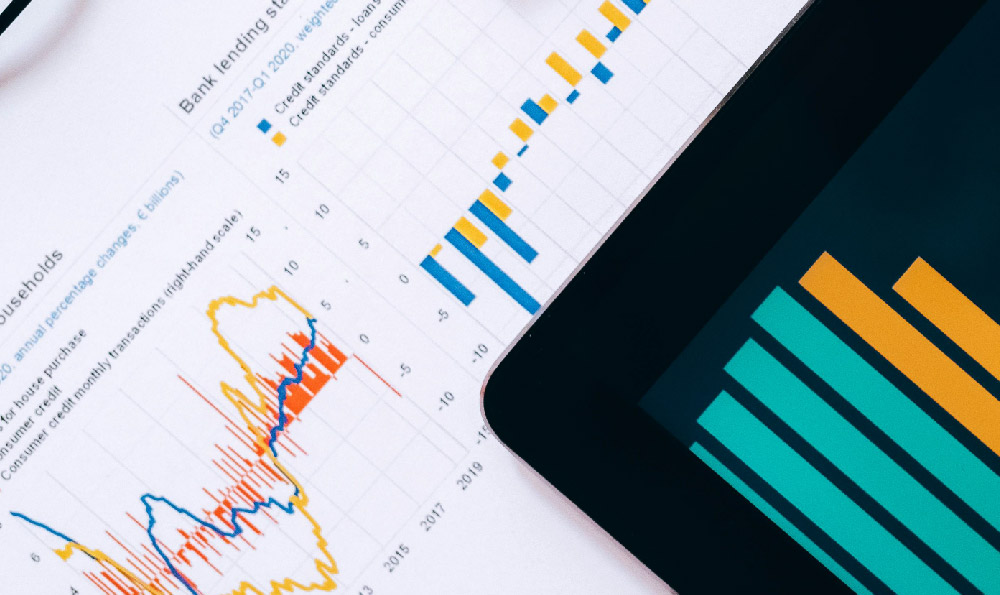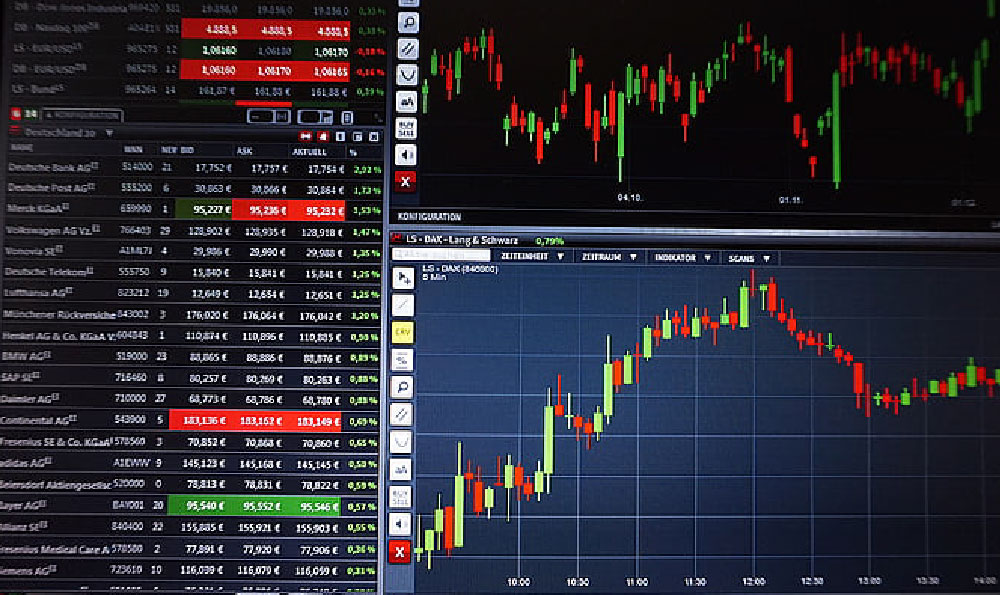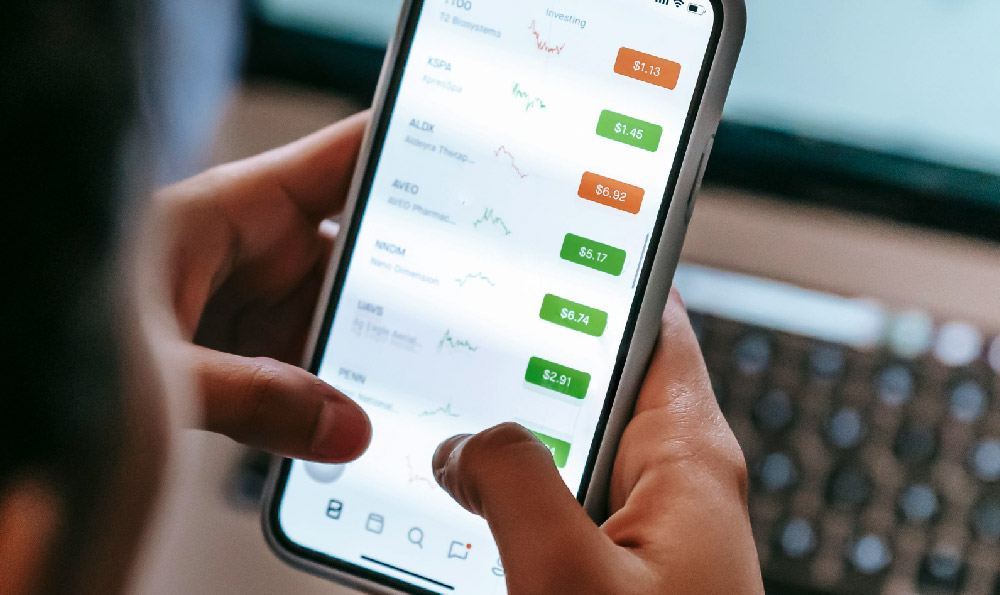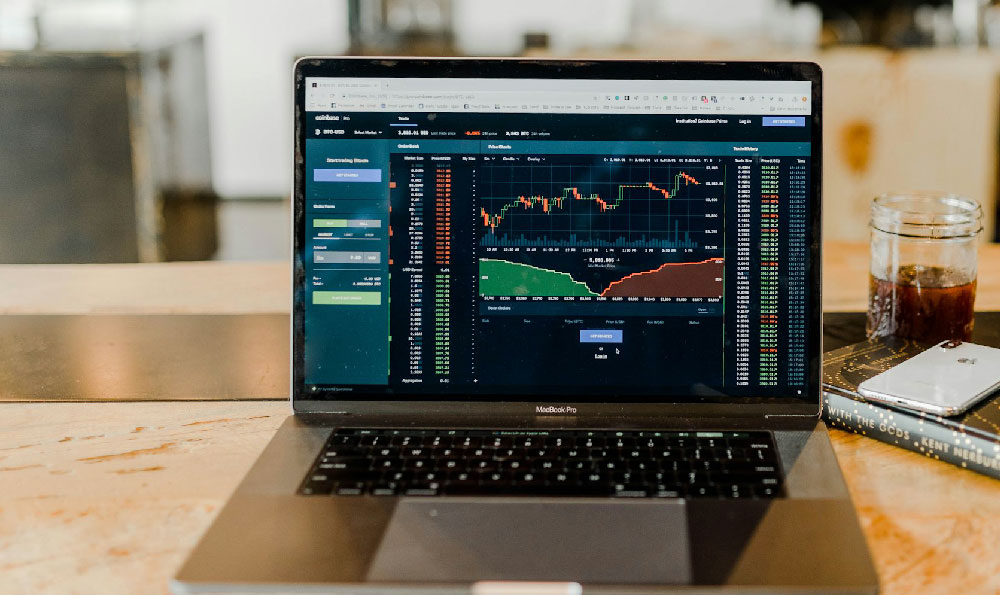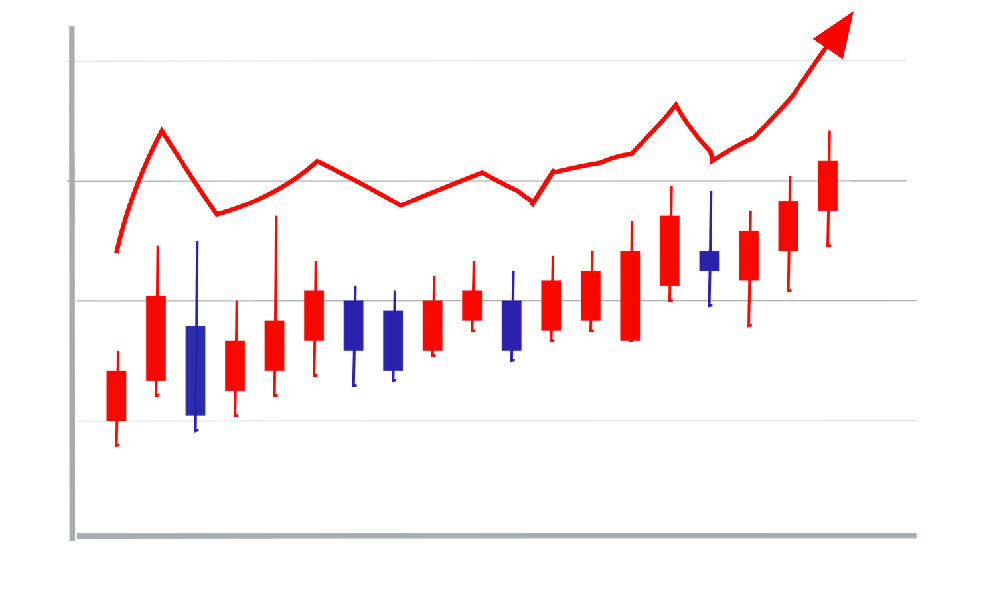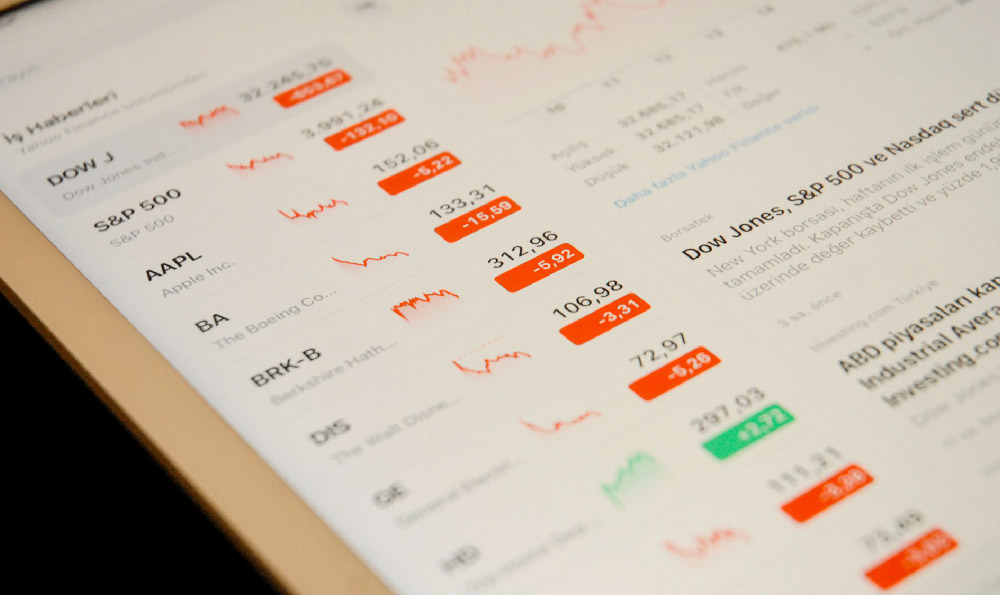Driving for Uber, or other ride-sharing services, has become a ubiquitous gig economy staple, offering flexible hours and seemingly easy entry. However, the crucial question remains: does it truly pay well, and is it a worthwhile endeavor for individuals seeking income? The answer, unfortunately, isn't a straightforward yes or no. It's a complex equation involving numerous factors that can significantly impact a driver's profitability and overall experience.
Let's dissect the income aspect first. Uber drivers get paid based on a formula that incorporates several elements: a base fare, a per-minute rate, and a per-mile rate. These rates can vary significantly depending on location, time of day, demand, and the type of Uber service offered (UberX, UberXL, Uber Black, etc.). During peak hours or when demand is high (often referred to as "surge pricing"), drivers can earn significantly more per ride, sometimes even double or triple the usual fare. Conversely, during off-peak hours or in areas with many drivers, earnings can plummet.
However, the gross earnings figure presented by Uber is only half the story. To accurately assess the financial viability of driving for Uber, one must meticulously factor in the operating expenses. These costs can be substantial and often underestimated. The most significant expense is fuel. Depending on the vehicle's fuel efficiency and the price of gasoline, fuel costs can eat up a considerable portion of a driver's earnings. Vehicle depreciation is another major cost. Putting miles on a car for ride-sharing purposes accelerates wear and tear, leading to faster depreciation. Regular maintenance, including oil changes, tire rotations, brake replacements, and other repairs, is essential to keep the vehicle in good working condition. These maintenance costs can accumulate quickly and unexpectedly.

Insurance is another critical expense. While Uber provides some liability insurance coverage while a driver is actively engaged in a ride, this coverage is often limited. Drivers are typically responsible for their own personal auto insurance, and standard personal policies may not cover commercial use. Drivers might need to purchase a commercial auto insurance policy or a ride-sharing endorsement to ensure adequate coverage, which can be significantly more expensive than personal insurance.
Beyond these direct vehicle-related costs, drivers also incur other expenses such as vehicle cleaning, mobile phone data usage, and potential tolls. Self-employment taxes are also a significant factor. As independent contractors, Uber drivers are responsible for paying both the employer and employee portions of Social Security and Medicare taxes, which can substantially reduce their net income.
Therefore, to truly determine whether driving for Uber pays well, a driver must diligently track all income and expenses. Many drivers use mileage tracking apps and expense spreadsheets to monitor their profitability accurately. It's crucial to calculate the net income after deducting all operating expenses and taxes. Only then can one realistically assess the hourly wage earned and compare it to other employment opportunities.
Even if the financial aspect appears favorable, the question of whether driving for Uber is "worth it" goes beyond mere monetary considerations. The job comes with inherent challenges and potential downsides. Long hours spent behind the wheel can be physically demanding and mentally taxing. Dealing with a variety of passengers, some of whom may be difficult or demanding, can be stressful. There's also the risk of accidents and potential confrontations. Furthermore, the income stream can be unpredictable and fluctuate significantly from week to week.
The lack of employee benefits is another significant drawback. Uber drivers are not entitled to paid time off, health insurance, retirement benefits, or other perks typically associated with traditional employment. This lack of benefits can create financial insecurity and make it difficult to plan for the future.
The competitive landscape is also constantly evolving. As more drivers join the Uber platform, the competition for rides increases, which can drive down earnings. Uber's algorithms and pricing policies can also change, potentially impacting driver pay.
However, driving for Uber also offers some undeniable advantages. The flexibility to set one's own hours is a major draw for many people. Drivers can work when they want, for as long as they want, allowing them to fit driving around other commitments such as family, school, or other jobs. The autonomy of being one's own boss can also be appealing. Drivers can choose which rides to accept and which routes to take. For some, the social interaction with passengers can be enjoyable and rewarding.
In conclusion, whether driving for Uber pays well and is ultimately worth it depends on a complex interplay of factors. Diligent expense tracking, realistic expectations, and a thorough understanding of the potential challenges are crucial for making an informed decision. While some drivers may find it to be a lucrative and fulfilling opportunity, others may discover that the costs and downsides outweigh the benefits. Before embarking on this venture, prospective drivers should carefully research their local market, assess their personal circumstances, and honestly evaluate whether the rewards outweigh the risks. Consider all the costs associated with driving – fuel, maintenance, depreciation, insurance, and taxes – before concluding it’s a worthwhile endeavor. Consider it a business, and treat the financials as such.


